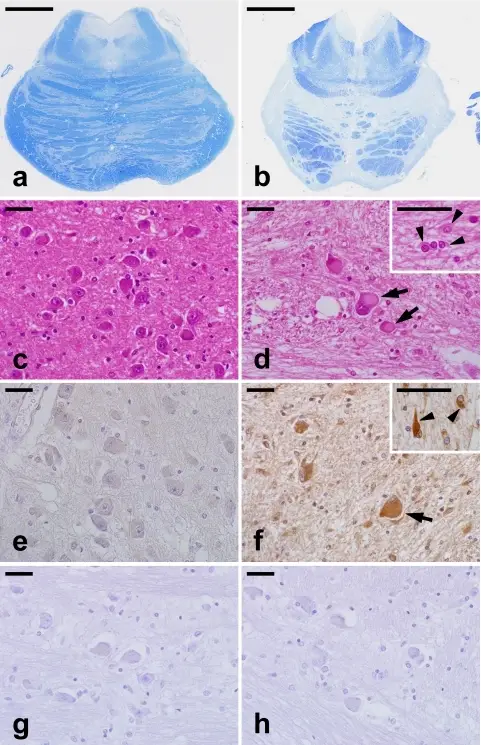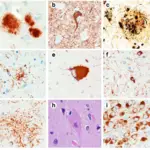Multiple system atrophy is a progressive neurodegenerative disorder with a combination of symptoms that affect both the autonomic nervous system and movement.
What is the Pathology of Multiple System Atrophy?
Etiology: The cause of Multiple System Atrophy is unknown. Multiple environmental and genetic factors are important.
Genes involved: Deletion of SHC2 gene.
Pathogenesis: The sequence of events that lead to multiple system atrophy is characterized by progressive loss of neurons in various structures of the brain.
Histology: Cell loss and gliosis or a proliferation of astrocytes in damaged areas of the central nervous system. A scar may also be present.
How does Multiple System Atrophy Present?
Patients with multiple system atrophy typically are predominantly males, with the most common age group of 50-60 years. The symptoms, features, and clinical findings associated with Multiple System Atrophy include ataxia, constipation, sleep apnea, and cognitive impairment.
How is Multiple System Atrophy Diagnosed?
Multiple system atrophy is diagnosed by MRI and CT scan. Pathological diagnosis can only be made at autopsy by finding abundant GCIs on histologic analysis.
How is Multiple System Atrophy Treated?
Multiple system atrophy is treated by symptom management and avoidance of postural hypotension.
What is the Prognosis of Multiple System Atrophy?
The prognosis of multiple system atrophy is poor.



